Kazumasa Ogawa’s Hand-Coloured Flower Photographs
During the 1890s, the artist took many photographs of Japanese flowers before colouring the images by hand.
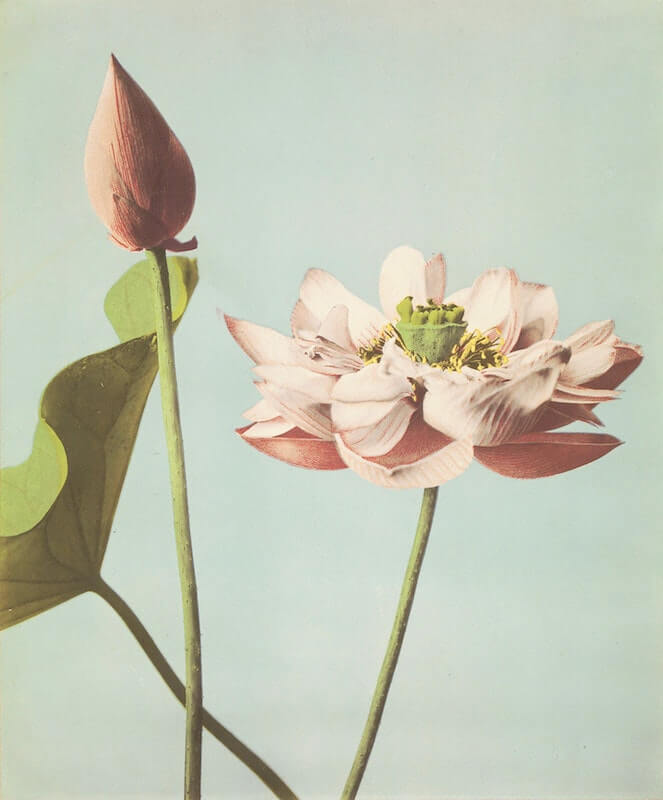
© Ogawa Kazumasa - Public Domain
From lotuses to chrysanthemums, lilies to morning glories, in the 1890s Kazumasa Ogawa photographed the emblematic flowers of Japan. A series of 38 plates, in phototype—a process that involves ink printing on a glass plate—was later assembled in the book Some Japanese Flowers, published in 1896.
Kazumasa Ogawa was a photographer, printer, and publisher, considered one of the pioneers of photography during the Meiji era (1868-1912). Born in 1860 in Saitama Prefecture, he discovered photography at the age of 13 through a mercenary while he was staying in Tokyo. At 17, he opened his own studio in the small town of Tomioka in Gunma Prefecture, before leaving for the USA a few years later to hone both his photographic technique and his English. In 1889, Kazumasa Ogawa also revived the photography magazine Shashin Shimpo, the first of its kind in Japan.
‘The language of flowers’
Kazumasa Ogawa specialised in subjects connected to Japanese tradition like rituals, geisha, and festivals and, by photographing flora, explored one of the facets of Japanese culture in which the symbolic nature of flowers occupies a prominent position. Translated as ‘the language of flowers’, the term hanakotoba was dedicated to the artist. In this language, the chrysanthemum symbolises the emperor and the imperial family, while the lotus, a Buddhist symbol, represents the purity of the mind and body.
After being photographed and printed, the images were then coloured by Kazumasa Ogawa himself. This colouring process was extremely fashionable during the Meiji era, and was also used by fellow artist Kusakabe Kimbei, among others.
Some Japanese Flowers (2013), a reprint of a book of photographs by Kazumasa Ogawa, is published by the J. Paul Getty Museum.
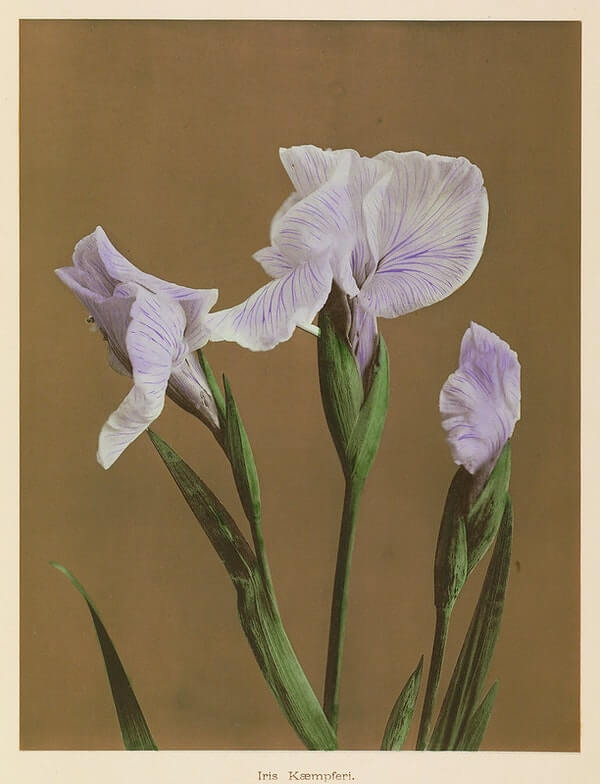
© Ogawa Kazumasa - Public Domain
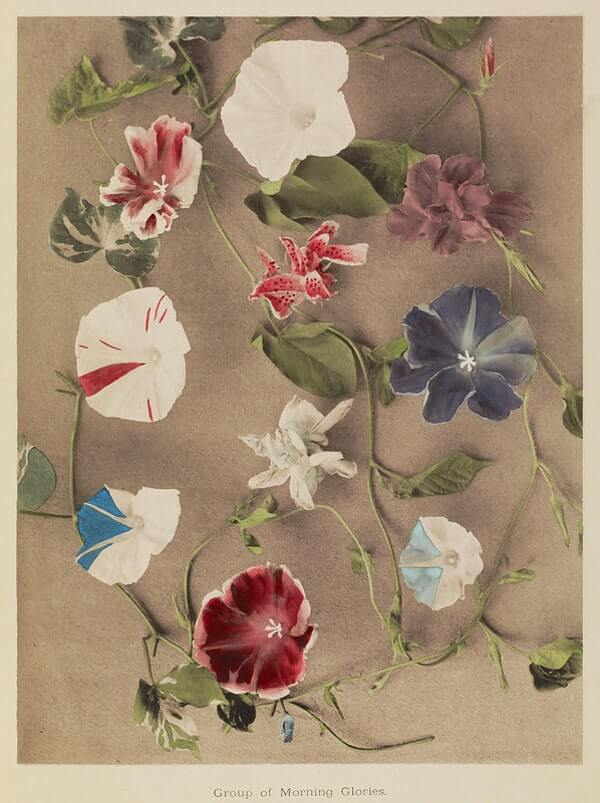
© Ogawa Kazumasa - Public Domain
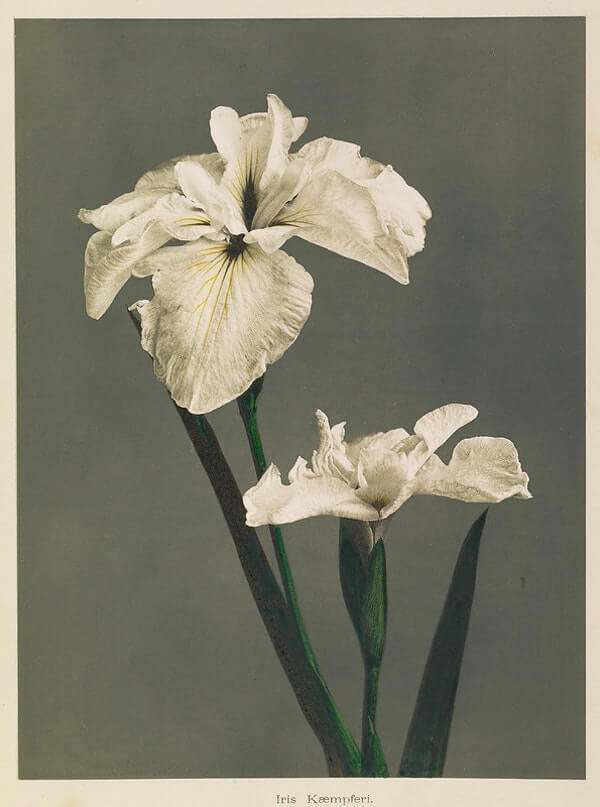
© Ogawa Kazumasa - Public Domain
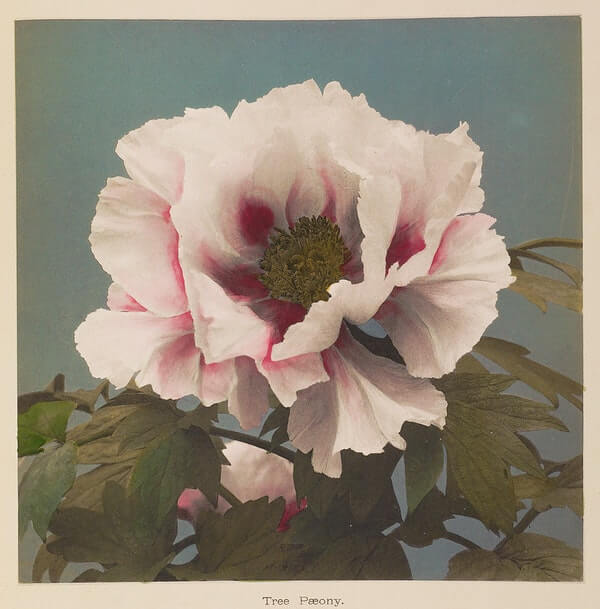
© Ogawa Kazumasa - Public Domain
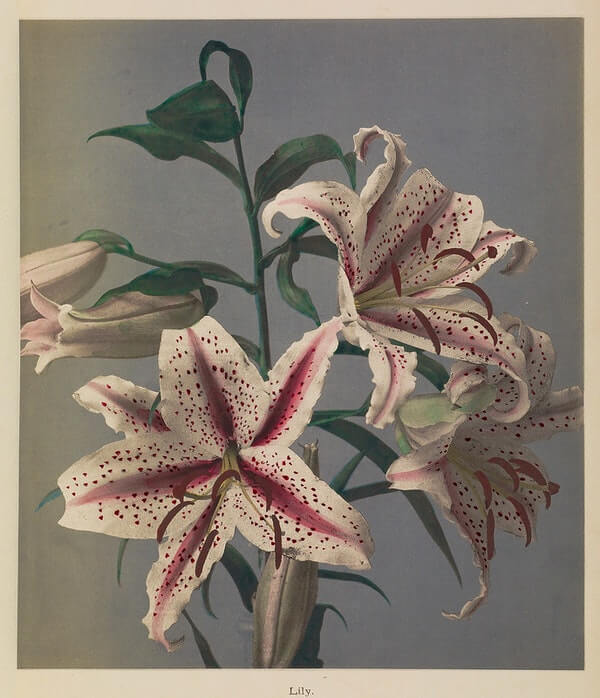
© Ogawa Kazumasa - Public Domain
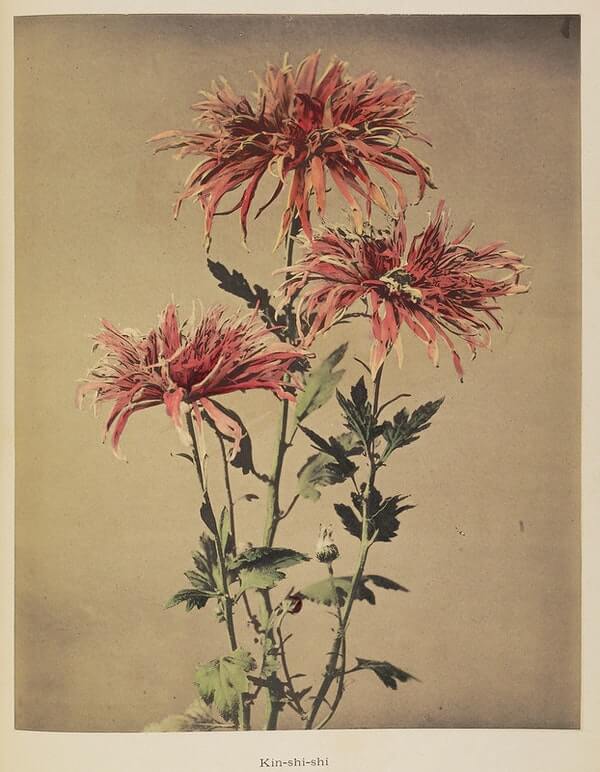
© Ogawa Kazumasa - Public Domain

© Ogawa Kazumasa - Public Domain
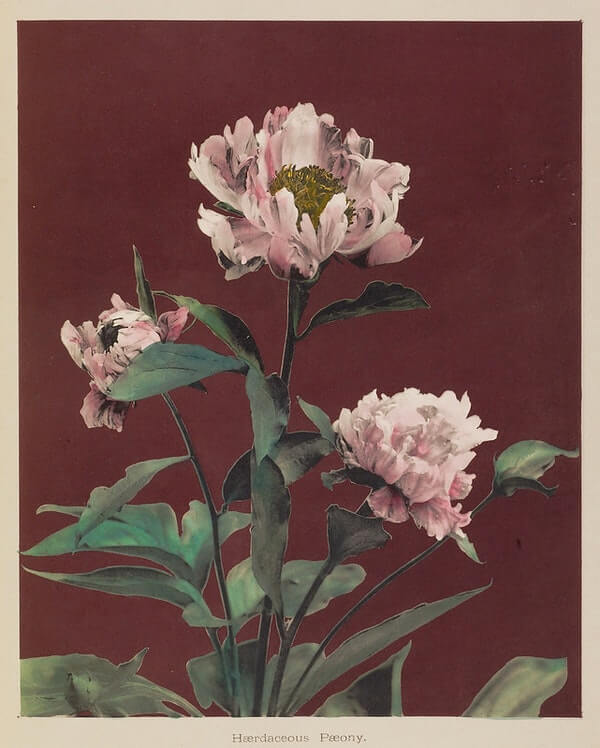
© Ogawa Kazumasa - Public Domain

© Ogawa Kazumasa - Public Domain
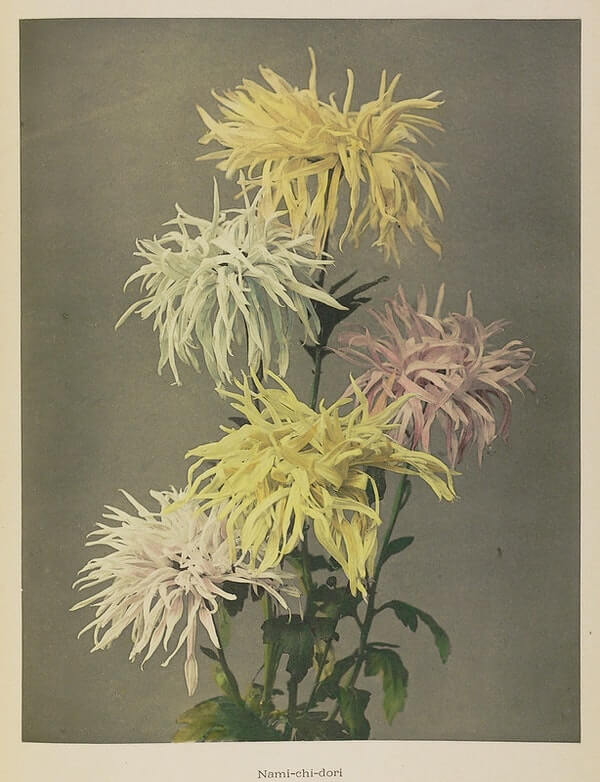
© Ogawa Kazumasa - Public Domain
TRENDING
-
The Tattoos that Marked the Criminals of the Edo Period
Traditional tattoos were strong signifiers; murderers had head tattoos, while theft might result in an arm tattoo.

-
Paris, Tokyo: Robert Compagnon
With his co-chef and talented wife, Jessica Yang, Robert Compagnon opened one of the top new restaurants in Paris: Le Rigmarole.
 3:31
3:31 -
Chiharu Shiota, Red Threads of the Soul
Last year, more than 660,000 people visited the retrospective 'Chiharu Shiota: The Soul Trembles' exhibit at the Mori Art Museum.

-
‘Before Doubting Others, Doubt Yourself. Who Can Truly Say a Dish Isn’t What It Used to Be?’
In ‘A Non-Conformist’s Guide to Surviving Society’, author Satoshi Ogawa shares his strategies for navigating everyday life.

-
The Story of Sada Yacco, the Geisha who Bewitched Europe
Described by Dazed magazine as the first beauty influencer, she has been restored to her former glory since 2019.





